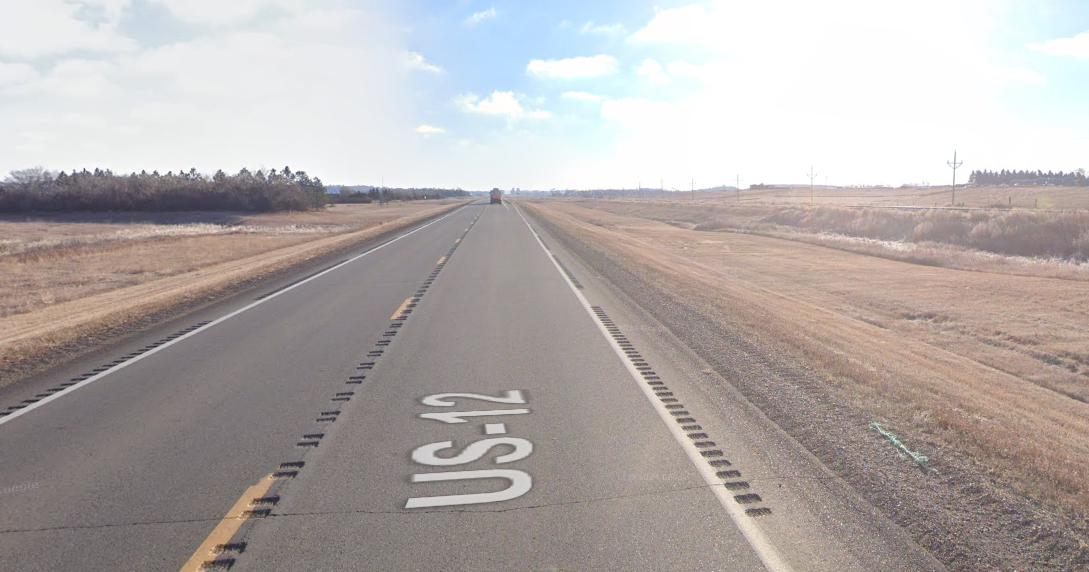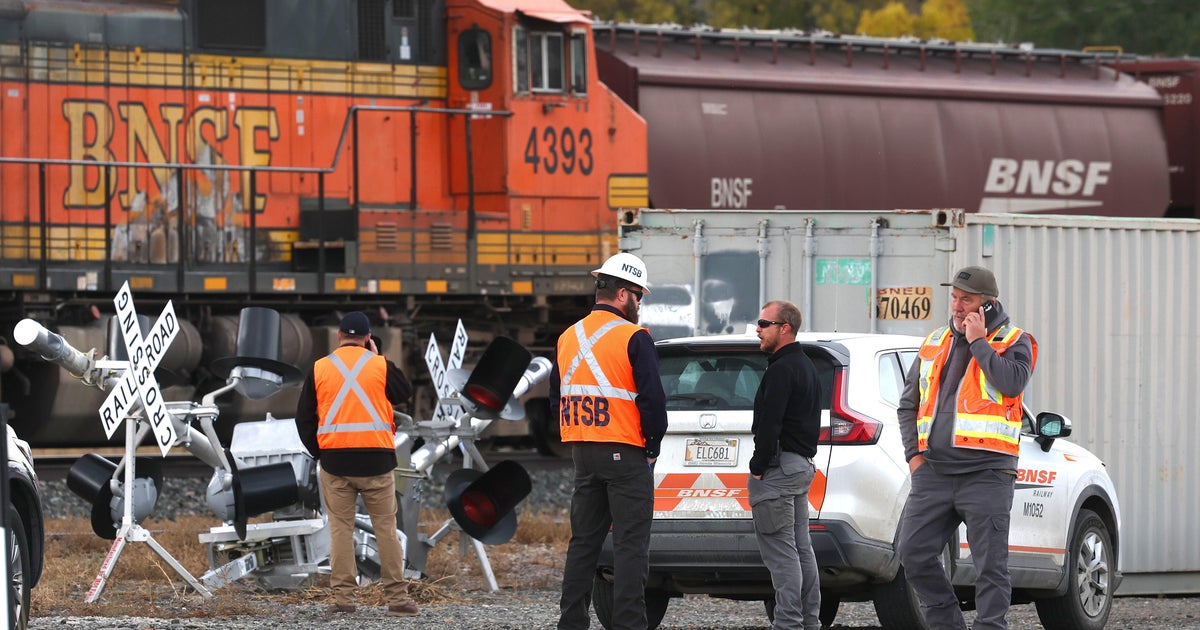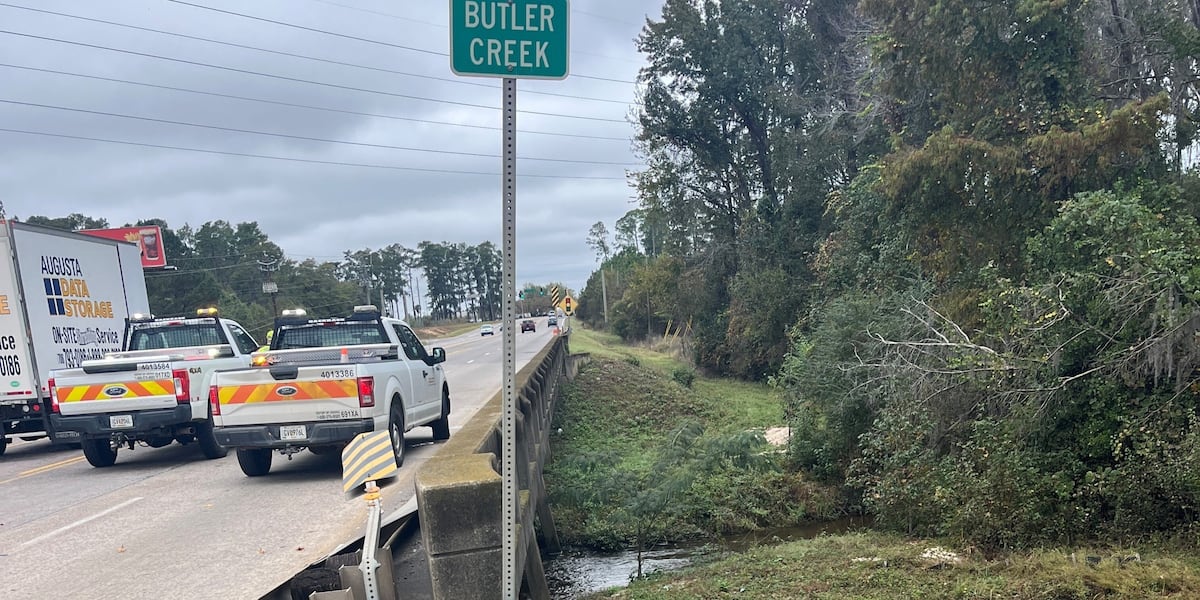Montana
Montana Department of Corrections working to move inmates from local jails, but struggles with capacity

MISSOULA — The Montana Department of Corrections this week said it’s working on plans to move inmates out of county jails to the state prison and is looking for long-term solutions to overcrowding and capacity issues.
Missoula County this month launched a disputewith the state agency, saying that it’s using local jails to house its own inmates and not funding the full cost of doing so. It also claims that state inmates aren’t getting treated for addiction or mental health issues while held in county jails.
Carolynn Stocker, the communications director for the Department of Corrections, said the agency is doing what it can to address those concerns, which are held by a number of counties.
“We’re trying to move people out of those jails as quickly as we possibly can,” Stocker said. “Every single facility we have is overcrowded right now.”
As of Thursday, the Department of Corrections listed 473 jail holds, including 41 in the Missoula County Detention Facility. Of those, 178 are currently pending transport to prison.
However, the Montana State Prison’s current population stands at 1,588 while its operational capacity is 1,526. The Montana Women’s Prison listed its population at 247 while its operational capacity is 240.
“We have nowhere to put the people,” Stocker said.
Missoula County sent notice to the statethat it plans to revoke its consent to hold state offenders at the local jail without prior permission unless the Department of Corrections pays the full cost of housing that inmate.
According to the county, the running cost of housing a single inmate for one day at the local jail stands at $125. But the Department of Corrections reimburses the county just $82 for holding one of its inmates.
County officials said that leaves local taxpayers to cover the remainder of the cost.
“They’re not paying the actual cost currently set by the county at $125, therefore shifting that difference to Missoula County taxpayers for individuals we’re not responsible for,” said jail commander Sheryl Ziegler. “We’re trying to avoid that continued financial burden we’re placing on county taxpayers.”
The payment issue has lingered for years, but Stocker said it’s one the Department of Corrections can’t control.
“Those rates are set by the Legislature,” she said. “We are where we are for now.”
The county also accused the state of failing to address capacity issues and mental health. Among other things, it said state inmates held at the county jail “stay with us until they reach eligibility for parole and they’re released and never get treatment.”
Stocker said the Department of Corrections would need specific examples before commenting on the issue.
“I would need specific examples of people put in jail. There is generally treatment programming requirements from the judge,” she said. “But we know that local detention centers aren’t set up for that type of programming.”
This week, the state’s Select Committee on Corrections Facility Capacity and System Development moved closer to finalizing a reporton how to expand Montana’s prison capacity.
Among other things, it considers adding more beds to the Montana State Prison and building a new women’s prison, nearly doubling the capacity there to 500 beds.
It may also consider moving Montana inmates to contracted prisons in other states like it did recently when it shipped 120 inmates to Arizona. The proposal also looks to “fund additional contracted capacity in lieu of facility construction.”
In all, according to the committee’s draft report, Montana’s offender population has grown by nearly 65% over the last 24 years – more than twice the rate of the state’s resident population.
“At some point, we have to recommend something,” said Rep. John Fitzpatrick. “We’ve studied this thing about five times in the last 20 years and haven’t done anything. The first step in doing something is to have someone recommend you do it.”

Montana
Montana Morning Headlines: Wednesday, October 29, 2025

WESTERN MONTANA — Here’s a look at Western Montana’s top news stories for Wednesday.
The University of Montana removed Business Professor Anthony Richard Pawlisz from faculty after he was charged with criminal endangerment in Ravalli County court. Pawlisz allegedly pulled a gun on a man and fired a shot into the air after a fight outside of a bar in Florence on Aug. 17, according to court documents. His former class will continue under Professor Udo Fluck. (Read the full story)
Nathaniel Luke Smith pleaded guilty to disorderly conduct on Monday after posing a threat to Mission High School on Oct. 8, which prompted increased police presence while classes continued. Smith is also serving a three-year deferred sentence for intimidation from an incident in November 2024. (Read the full story)
Montana Governor Greg Gianforte said he will not be using state funds to temporarily cover SNAP benefits for nearly 78,000 enrolled Montanans if federal funding runs out on Nov. 1. Amidst a government shutdown, he said it’s a federal responsibility — despite calls from Democrats and food banks to use leftover state money. (Read the full story)
Montana
Army Veteran and Fourth-Generation Montana Rancher Announces Run for Montana’s First Congressional District

Matt Rains recently announced his campaign for Montana’s First Congressional District seat. Rains, a Democrat, is a fourth-generation Montana rancher, U.S. Army Veteran, and former Chief of Staff for the Montana Farmers Union.
“I am running for Congress because Montanans deserve better,” said Rains. “Like my neighbors and friends, I see and feel the cost of everything going up in Montana – and Ryan Zinke is making it worse by voting to support the tariffs and cutting Medicaid to drive up our health care costs.
“When I see a problem, I run towards it to find a solution: when our country was at…
Montana
Thousands of pounds of pork bound for Montana food banks following feral swine investigation

After the state intervened to trap about 100 swine demonstrating feral behaviors, Montana food banks are slated to receive an influx of pork this week.
Late last month, Wildlife Services, a federal agency under the U.S. Department of Agriculture’s umbrella, tipped off the Montana Department of Livestock that it might have a feral swine population on its hands.
Wildlife Services, which intervenes when landowners report conflicts with wildlife, had been called to Phillips County in north-central Montana to investigate a potential bear conflict. The agency didn’t find evidence of bear activity, but it did find hoof prints, pig scat and other signs consistent with swine presence. The day after Wildlife Services visited the site near Malta along the Hi-Line, the state started looking into the matter and learned that approximately 100 pigs were running uncontained and “beginning to demonstrate behaviors and characteristics consistent with feral swine populations,” according to a press release.
The Montana Legislature passed a law in 2015 prohibiting the importation, transportation or possession of feral swine. Intentionally, knowingly or negligently allowing swine to live in a “feral state” is also illegal. By passing the law, policymakers sought to ward off issues states and provinces have reported with feral swine, which can damage crops and wetlands, prey on wildlife and spread a form of brucellosis that can be transmitted to humans.
Neighboring areas, most notably Alberta and Saskatchewan in Canada, have grappled with feral swine populations for years, and wildlife managers there and in the U.S. consider them to be an invasive species.
Montana State Veterinarian Tahnee Szymanski told Montana Free Press that feral swine can become established in three ways: they can migrate into Montana from an area with an established population, they can be introduced — illegally — by hunters eager to pursue them for sport, or they can develop when domestic animals are freed from the “normal checks and balances” associated with livestock production.
“Domestic swine, left to their own devices for a couple of generations, actually revert back to feral behavior very quickly,” Szymanski said. “This is a really good reminder that a potential feral swine population could crop up anywhere in the state.”
The state livestock department receives about six reports per year of potential feral swine sightings. All of them have turned out to be “owned domestic swine running at large,” according to an agency press release.
In this particular case, there were some unique circumstances related to a death in the family that owned the swine, Szymanski said.
“This situation just kind of got out of control,” she said. “It has been allowed to maybe fester a little bit longer than a traditional circumstance we would encounter.”
Syzmanski said trapping operations began earlier this month, and all parties involved are pleased the meat will be distributed at food banks around the state.
On Oct. 18, the first swine shipment arrived at Producer Partnership, a nonprofit animal processing facility that works with agricultural producers to turn donated livestock into food for schools and other nonprofits. Trapping operations are ongoing with another 30-45 animals yet to be collected, Szymanski told MTFP on Oct. 22.
Producer Partnership is the country’s only nonprofit meat processing facility inspected by the U.S. Department of Agriculture. A product of the COVID-19 pandemic, Producer Partnership is located between Big Timber and Livingston and employs about 10 people.
Producer Partnership president and founder Matt Pierson estimates that the Montana Food Bank Network will receive between 8,000 and 14,000 pounds of pork from the swine. He said he’s unaware of any other organizations set up to take on these kinds of “oddball projects.”
“Our hope through this partnership is that people realize there’s a more amicable, better way to solve these issues without just going in and shooting everything,” he said. “It helps solve a problem for the state, and it helps put all that meat into the food bank.”
LATEST STORIES
Thousands of pounds of pork bound for Montana food banks following feral swine investigation
In late September, Wildlife Services alerted the Montana Department of Livestock to a potential feral swine issue involving about 100 animals in Phillips County, and the state began trapping the animals and delivered them to a nonprofit meat-processing facility shortly thereafter. The animals are now expected to provide a bounty of pork for food banks around the state. Matt Pierson, president and founder of Producer Partnership, said the arrangement will allow for a “better resolution” for all involved.
New law requires election officials to reject mail ballots that aren’t signed with voters’ birth years
Montana voters are having their first encounter with a new requirement to provide their birth year on the back of mail-in ballot envelopes alongside the previously required signature line. The change is a result of a legislative mandate aimed at enhancing mail election security. Election officials in Montana’s two largest counties, Yellowstone and Missoula, said the change had already forced them to reject hundreds of ballots in early returns.
Born from tragedy, Great Falls nonprofit Toby’s House provides free child care for families in need
Cascade County child care centers meet just 71% of the area demand, and a 2021 study described a “severe shortage” of child care capacity in Great Falls with an estimated 580 children in need of child care that wasn’t available. In that landscape, Toby’s House offers free, drop-in care that specializes in crisis intervention.
-

 New York6 days ago
New York6 days agoVideo: How Mamdani Has Evolved in the Mayoral Race
-

 World1 week ago
World1 week agoIsrael continues deadly Gaza truce breaches as US seeks to strengthen deal
-

 News1 week ago
News1 week agoVideo: Federal Agents Detain Man During New York City Raid
-

 News1 week ago
News1 week agoBooks about race and gender to be returned to school libraries on some military bases
-

 Technology1 week ago
Technology1 week agoAI girlfriend apps leak millions of private chats
-

 Politics1 week ago
Politics1 week agoTrump admin on pace to shatter deportation record by end of first year: ‘Just the beginning’
-

 News1 week ago
News1 week agoTrump news at a glance: president can send national guard to Portland, for now
-

 Business1 week ago
Business1 week agoUnionized baristas want Olympics to drop Starbucks as its ‘official coffee partner’



















